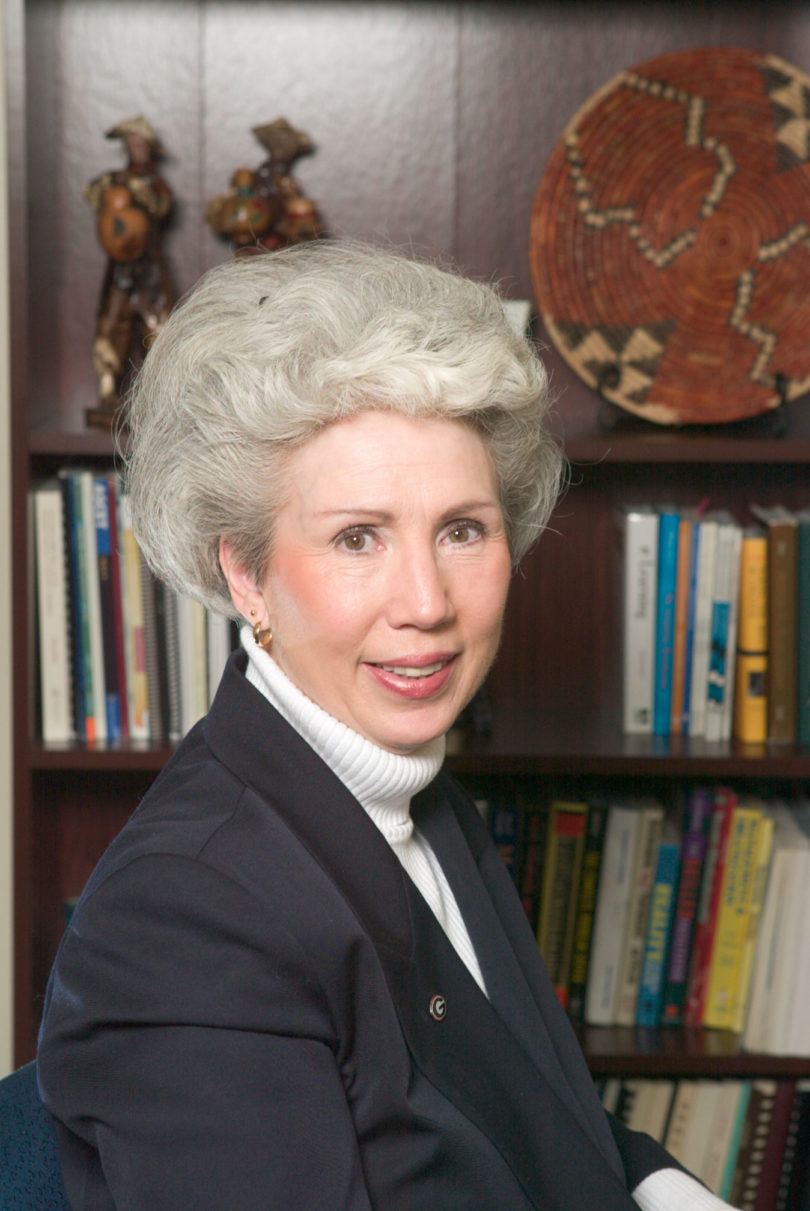Barbara White, chief information officer, has launched a process called “compact planning” at Enterprise Information Technology Services as a way of developing plans and budgets for information technology at the university. She explained the sources and goals of the process to Columns.
Columns: I’ve heard about compact planning from EITS staff, but I don’t know what the term means.
White: Compact planning is a very directed process, and, as I see it, it complements the five-year program planning process initiated by Provost Mace. They each focus on participation by constituents (faculty, staff and students), they are iterative (periodically reviewed and modified), they result in attainable, measurable outcomes and goals in line with the overall strategic initiatives of the university, and they are closely tied to the current budget. Compact planning is a negotiated process that begins with the user community.
The first time I used compact planning was at Utah State University, and it was a lifesaver for the area of information technology. The former president of Utah State had brought it with him, and he engaged the entire campus in the process. It helped us develop a blueprint for where information technology would be going for the whole university, not for individual units.
To give an idea of the scope of the process: At Utah State I had six units reporting to me and we had about 170 different initiatives. I took seven to the president. The negotiation process engaged the campus in a discussion about what was central and what could be done at the local level.
Columns: How do you get started?
White: EITS started with university goals and priorities, and then we identified eight specific elements that are core to the university’s infrastructure and architecture. Strategic planning and governance, business operations, instructional technology, research computing-those are what we have to support at the core. So our infrastructure, our architecture, our e-mail, our speed of computing, our networks-all have to support the priorities of the university. That’s a given.
The second thing about a compact plan is that there is a set of initiatives and strategies. For every strategy there is a set of actions and milestones. One of the things about planning is that it often seems nothing gets completed-you determine directions, but you don’t finish anything. But in a compact planning process, for every strategy that the EITS directors bring to me there will be actions, there will be performance metrics by which they can show me how they’re accountable-for people or money or whatever applies.
And there will be timelines, because usually we go on and on and on. IT is very hard to bring to closure. I will see timelines and a list of resource requirements.
The EITS directors will work with their colleagues across campus to find the high-priority issues at the local level. Those discussions take place before proposed initiatives come to me and I take them to the central administration for consideration in the budgeting process.
Columns: So this is a kind of strategic planning.
White: Yes, but strategic planning usually is done by committee. What we’re trying to do-what’s critical for information technology-is to make sure that the people who are going to be users of the infrastructure and plan have something to say about it. They’re the ones who know what the problems are. My colleagues and I know what the big picture problems are, we know what the core is, but the initiatives by which we will build our budget depend on what’s happening at the local level as well. Those individuals must have some ownership in this process.
We’ll draft a compact plan for EITS and for the office of the CIO; each EITS director will have a compact for his area. We’ll negotiate to find the critical initiatives in those compacts and I’ll take them forward through the budgeting process.
Columns: So you’re working with the IT staff in the various units?
White: IT people, deans, department heads. Recently I met with UGANet-that’s the IT staff all across campus, about 50 to 75 people. I have met with nearly all of the deans on campus. I have met with the vice presidents. I have met with several of the college IT departments. Probably the principal people who will engage with us are the IT people in the colleges. They’re going to give us the most input. At the same time, I’m talking to the deans, department heads, University Council. This process starts at the user community, and it’s negotiated from there. The IT community will help us identify where we put resources for the good of the university.
Columns: You’re seeing this as a way to coordinate a decentralized campus.
White: This planning process is not only about setting a direction for information technology at the University of Georgia for the next five years. It is also developing a context for the university to help make the decisions. This is about the university-it’s not just about EITS. It’s not just about research computing. It’s about the big picture. It’s about the university, and it requires the university to collaborate.
Columns: So a faculty or staff member who sees an IT need should make sure an IT staff member knows about it.
White: Yes, or send an e-mail to EITS personnel or me. The recently redesigned CIO Web site includes a “Compact Planning” link with a feedback button.
Moving through this process doesn’t happen overnight. It is a long process, and people get frustrated. Everyone should feel comfortable calling us and sharing ideas and concerns. Compact planning is a team sport.








